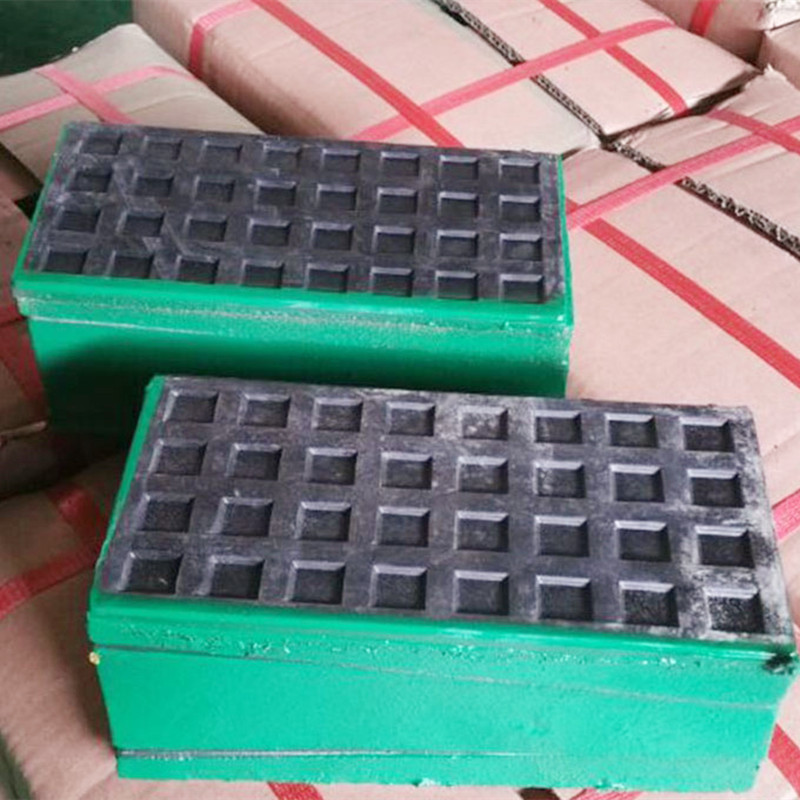Νοέ . 05, 2024 19:35 Back to list
control valve and its types
Understanding Control Valves and Their Types
Control valves are integral components in various industrial processes, serving the critical function of regulating fluid (liquid or gas) flow, pressure, temperature, and other variables. By adjusting the flow of the working fluid, control valves help maintain the desired operational conditions within systems, ensuring that processes run efficiently and safely. This article delves into the definition, importance, and types of control valves.
Definition and Importance
A control valve is a mechanical device that modulates the flow of a fluid in a system. It acts as a gatekeeper, allowing precise adjustments to the flow rate and pressure levels to achieve optimal conditions. The performance of these valves impacts energy consumption, product quality, and overall system efficiency. In industrial applications, these valves play a vital role in processes such as heating, cooling, mixing, and controlling chemical reactions.
Control valves are essential for maintaining the desired operational parameters. For instance, in a chemical plant, the consistency of the chemical reactions is critical. A misregulated flow can lead to hazardous conditions or product failures. Therefore, selecting the right type of control valve is crucial for achieving the desired control accuracy and performance.
Types of Control Valves
Control valves can be categorized based on various criteria, including design, function, and application
. Here are some of the most common types1. Globe Valves These valves are versatile and commonly used for flow regulation. They have a rounded body shape and can throttle the flow effectively. They are suitable for applications that require moderate pressure drops and good flow control.
control valve and its types

2. Ball Valves Recognized for their quick operation, ball valves use a spherical disc to control flow. When the ball is rotated, it either allows or blocks flow. They are ideal for on/off applications and are favored for their low-pressure drop and minimal turbulence.
3. Butterfly Valves Featuring a disk that pivots to modulate flow, butterfly valves are compact and lightweight. They are often used in systems where space and weight are critical factors. These valves are efficient for large volumes of fluid and can handle a variety of pressures.
4. Gate Valves Primarily used for on/off control, gate valves are designed to minimize pressure drop by providing a straight-through flow path. However, they are not suitable for throttling applications as they can cause vibration and instability.
5. Check Valves These are automatic valves that allow flow in one direction and prevent backflow. While primarily non-regulating, they play a crucial role in protecting pumps and equipment in piping systems.
6. Pressure Relief Valves These valves automatically release pressure when it exceeds a predetermined limit, ensuring safety by preventing overpressure situations in various systems, especially in boilers and pressure vessels.
7. Proportional Valves Proportional control valves allow for precise control over flow rates. They can be adjusted continuously, providing a smooth modulation that is essential in applications requiring tight control.
Conclusion
Control valves are fundamental to industrial processes, and selecting the appropriate type is critical to ensuring efficiency, safety, and performance. Understanding the functions and characteristics of different valves enables engineers and technicians to implement the best solutions for their specific applications. With advancements in technology, such as smart control valves with built-in sensors and smart feedback systems, the future of control valve operations looks promising, paving the way for enhanced efficiency and automation in industrial systems. These innovations aim to preserve resources, enhance safety, and improve overall operational performance, making control valves an ever-more essential component in various industries.
-
Why Metric Trapezoidal Thread is Ideal for Precision Motion ControlNewsAug.05,2025
-
The Unique Properties of a Block of Granite for Industrial UseNewsAug.05,2025
-
The Role of Flanged Y Strainers in Preventing Pipeline ClogsNewsAug.05,2025
-
The Importance of Regular Calibration for Master Ring GagesNewsAug.05,2025
-
How a Cast Iron Surface Table Enhances Accuracy in ManufacturingNewsAug.05,2025
-
Comparing Different Check Valve Types for Optimal Flow ControlNewsAug.05,2025
Related PRODUCTS









